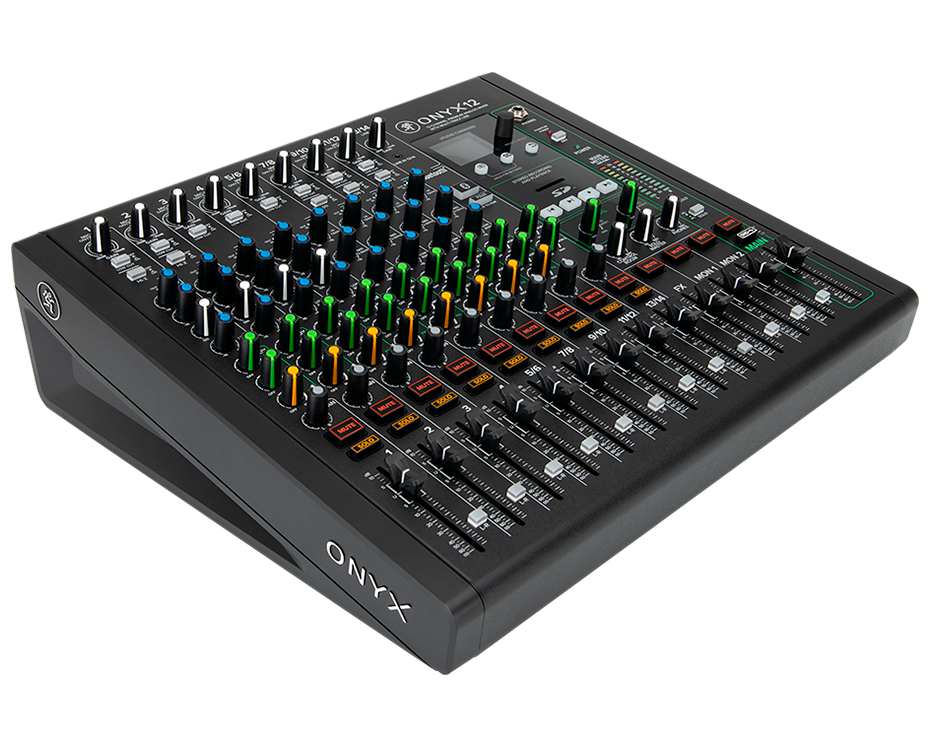AnalogRefund
New Member
Hello,
I am encountering difficulties with my Mackie Onyx12 mixer and OBS. My Mackie Onyx12 operates as three separate devices in OBS: "Onyx12 1-2 (Onyx12)", "Onyx12 3-4 (Onyx12)", and "Line In (Onyx12)". The "Onyx12 1-2 (Onyx12)" and "Onyx12 3-4 (Onyx12)" correspond to channel faders on the mixer, which I use to manage Windows desktop audio and Zoom or Telegram calls/voice chats, respectively. These channels are initializing correctly in OBS.
However, the issue arises with "Line In (Onyx12)", which is the microphone line in on the mixer. When OBS tries to initialize this device and create a resampler, it encounters an error. Interestingly, when I connect a spare Focusrite Scarlet Solo Gen 2 as mic line in for OBS, it works fine, yet the Mackie Onyx12 line in still doesn't work.
Here is the error message that I receive:
I have tried various solutions including adjusting the sample rates of the different channels, updating OBS and device drivers, rebooting my system, and verifying my audio device connections, but the issue persists.
I'm currently running the latest version of OBS, and my system runs on the most recent build and updates of Windows 11.
Given that the Focusrite interface works fine, it seems like the issue might be specific to the Mackie Onyx12. I would really appreciate any guidance or suggestions to help troubleshoot this issue further.
Thank you in advance for your help.
I am encountering difficulties with my Mackie Onyx12 mixer and OBS. My Mackie Onyx12 operates as three separate devices in OBS: "Onyx12 1-2 (Onyx12)", "Onyx12 3-4 (Onyx12)", and "Line In (Onyx12)". The "Onyx12 1-2 (Onyx12)" and "Onyx12 3-4 (Onyx12)" correspond to channel faders on the mixer, which I use to manage Windows desktop audio and Zoom or Telegram calls/voice chats, respectively. These channels are initializing correctly in OBS.
However, the issue arises with "Line In (Onyx12)", which is the microphone line in on the mixer. When OBS tries to initialize this device and create a resampler, it encounters an error. Interestingly, when I connect a spare Focusrite Scarlet Solo Gen 2 as mic line in for OBS, it works fine, yet the Mackie Onyx12 line in still doesn't work.
Here is the error message that I receive:
[WASAPISource::TryInitialize]:[Line (Onyx12)] Failed to initialize audio client: 800700AA
WASAPI: Device "{0.0.1.00000000}.{b6a6e9ca-8633-4071-9689}" failed to start (source: Mackie Line In)
WASAPI: Device "Onyx12 3-4 (Onyx12)" [96000 Hz] initialized
WASAPI: Device "Onyx12 1-2 (Onyx12)" [96000 Hz] initialized
WASAPI: Device "Analogue 1 + 2 (Focusrite USB Audio)" [48000 Hz] initialized
WASAPI: Device "Line (Onyx12)" [48000 Hz] initialized
avresample_open failed: error code -22
creation of resampler failedI have tried various solutions including adjusting the sample rates of the different channels, updating OBS and device drivers, rebooting my system, and verifying my audio device connections, but the issue persists.
I'm currently running the latest version of OBS, and my system runs on the most recent build and updates of Windows 11.
Given that the Focusrite interface works fine, it seems like the issue might be specific to the Mackie Onyx12. I would really appreciate any guidance or suggestions to help troubleshoot this issue further.
Thank you in advance for your help.
